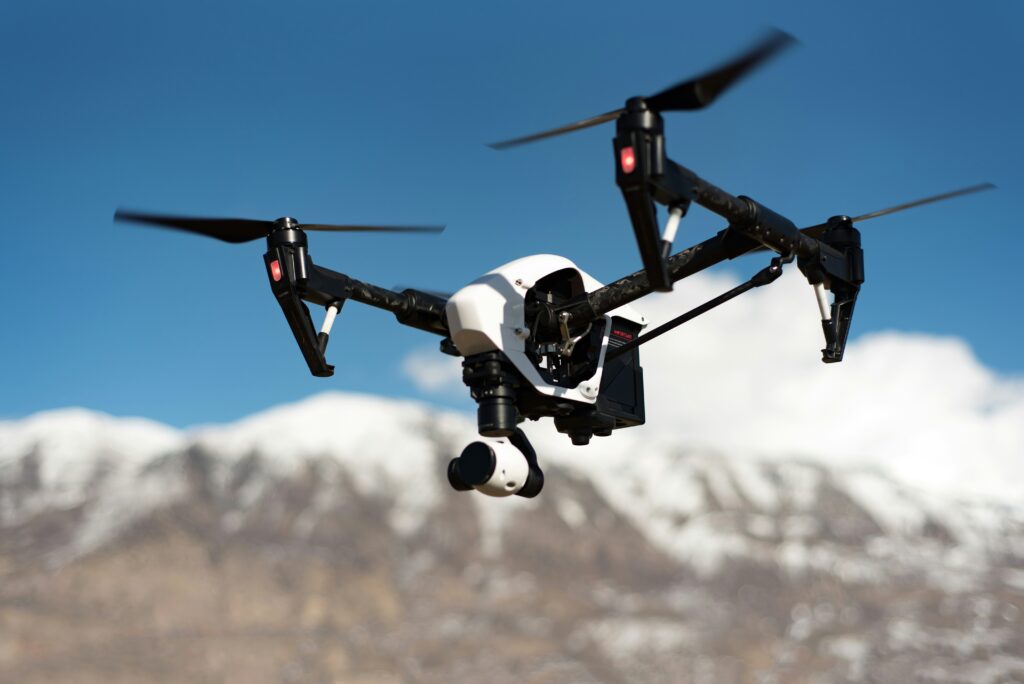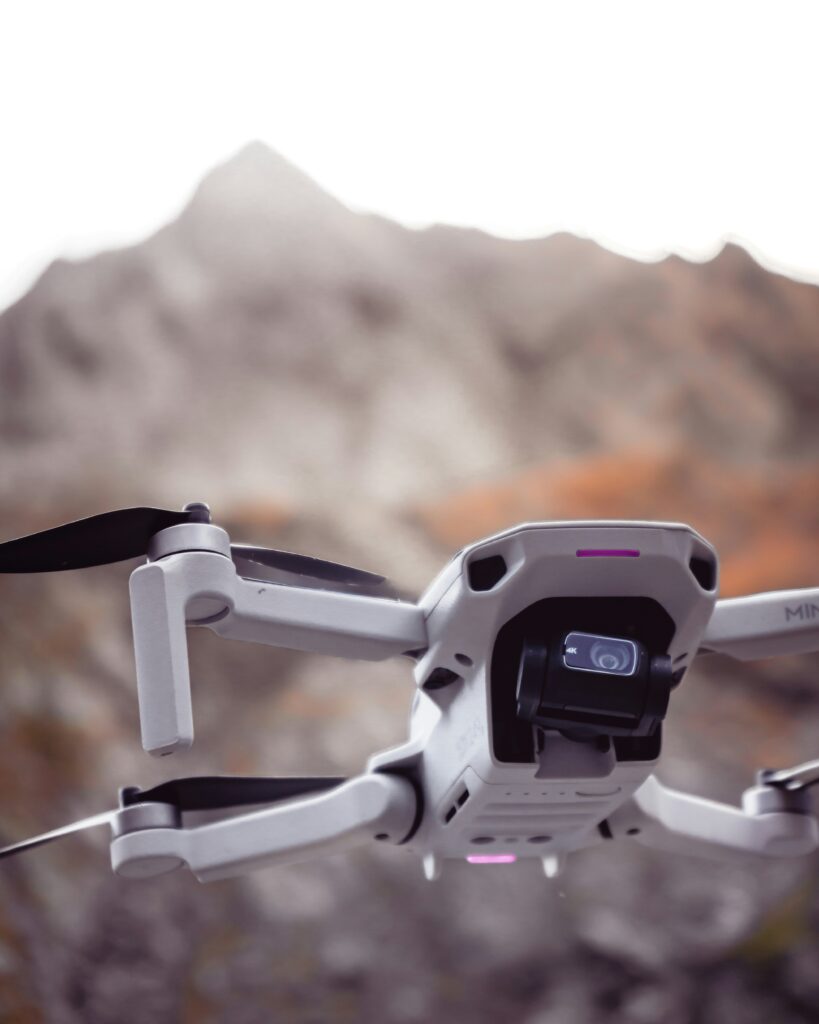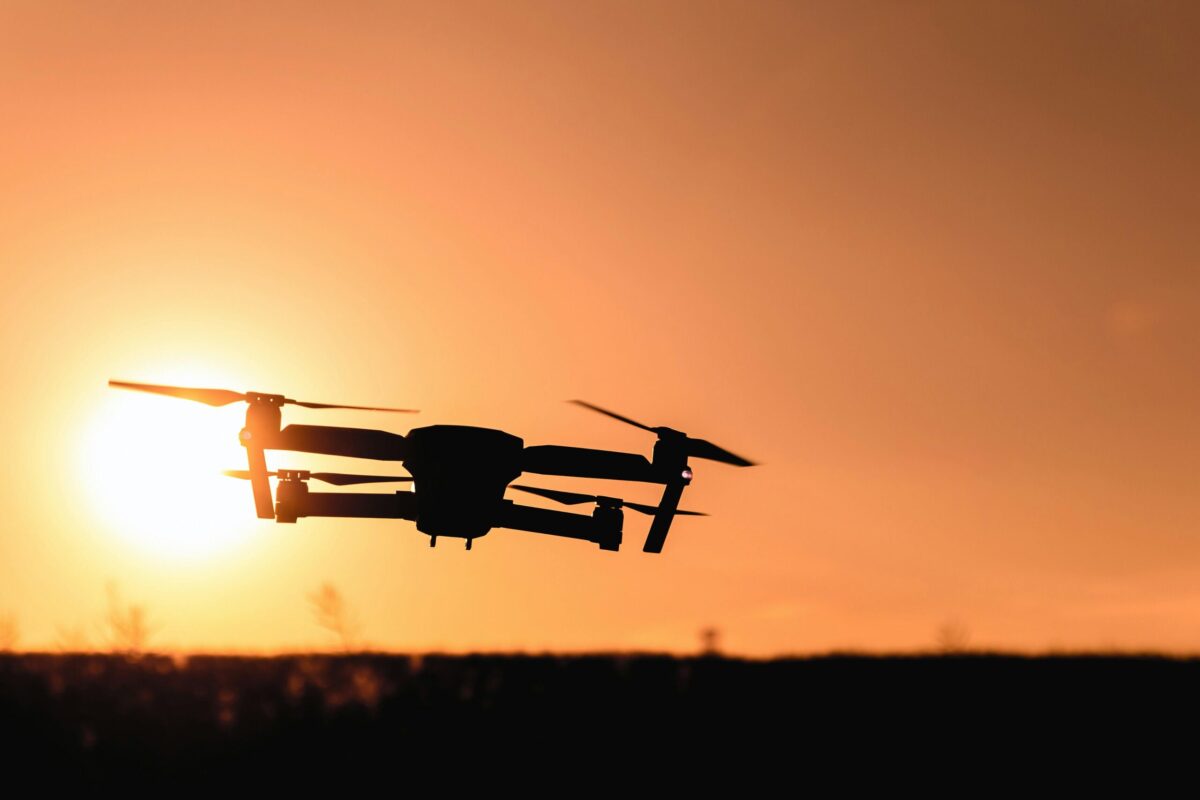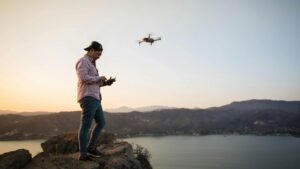In recent years, drones have become increasingly popular for recreational and commercial use. However, many drone enthusiasts are left wondering whether they need a Part 107 license to operate their drones legally. In this article, we’ll delve into the intricacies of 14 CFR Part 107 to provide a clear answer to this question and address some common concerns surrounding drone operations.
14 CFR Part 107: The Basics
14 CFR Part 107, also known as the Small Unmanned Aircraft System (sUAS) rule, governs the operation of drones weighing less than 55 pounds for commercial purposes in the United States. Under this rule, operators must obtain a Part 107 Remote Pilot Certificate to conduct commercial drone operations.

When is a Part 107 License Required?
The key distinction lies in whether the drone operation is conducted for commercial or recreational purposes. If you’re flying your drone for recreational purposes only, you do not need a Part 107 license. However, if you’re using your drone for any commercial activity, such as aerial photography, real estate marketing, or surveying, you must hold a Part 107 Remote Pilot Certificate.
Be sure to read about how drones are transforming the roofing industry.
What is the Largest Drone You Can Fly Without a License?
According to Part 107, there is no specific size limitation for drones that can be operated without a license. However, all drones operated for commercial purposes, regardless of size, require a Part 107 license.

How High Can a Civilian Drone Fly?
Civilian drones are typically limited to a maximum altitude of 400 feet above ground level, except when flying within a 400-foot radius of a structure.
What Happens if I Fly a Drone Above 400 Feet?
Part 107 restricts drone operations to a maximum altitude of 400 feet above ground level, unless the drone is flying within a 400-foot radius of a structure. Violating this altitude limit can result in civil penalties and regulatory actions.
Can a Part 107 Pilot Still Fly Recreationally?
Yes, a Part 107-certified pilot can fly recreationally as long as they comply with all relevant regulations, including those pertaining to recreational drone operations.
Can You Fly a Drone at Night?
Part 107 allows for night operations, provided that the drone is equipped with anti-collision lights that are visible for at least three statute miles and the operator has received appropriate training or has demonstrated the ability to safely conduct night flights.
If you’re a company owner, read our post on the benefits of continuing to outsource to independent drone service providers.
In Closing
In conclusion, while the requirements for operating a drone under Part 107 may seem daunting, they are designed to ensure safety and accountability in the rapidly growing drone industry.
If you intend to use your drone for commercial purposes, obtaining a Part 107 Remote Pilot Certificate is essential. However, for recreational drone enthusiasts, flying within the guidelines of the Federal Aviation Administration (FAA) ensures safe and legal operation of their drones.
By understanding the regulations outlined in 14 CFR Part 107 and adhering to them diligently, drone operators can enjoy the benefits of this technology while contributing to a culture of responsible drone operation.




